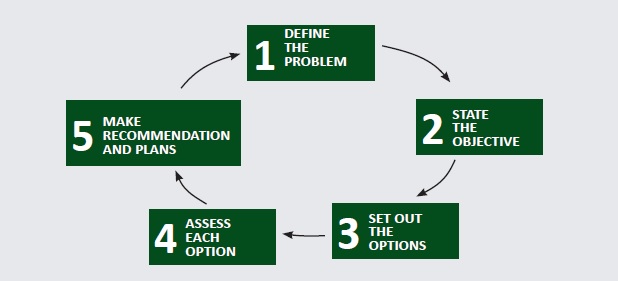1. What is it and why is it needed?
The purpose of a regulatory impact analysis is to provide a detailed and systematic appraisal of the potential positive and negative impacts of a new law or regulation in order to assess whether or not it is likely to achieve the desired objectives and what the potential unintended consequences may be.
This analysis is not always a necessary requirement and may be unusual for some governments for a public health measure. However, an assessment of the predicted economic, social, and public health impacts can assist with the arguments for proceeding with plain packaging that need to be made in government and with the public.
In both domestic and international courts, the tobacco industry regularly alleges that tobacco control laws, especially plain packaging, are arbitrary, not supported by evidence, and not adopted with proper due process. A regulatory impact analysis can act as an internal record of the government’s effective policy development and can help to protect the policy against legal challenges.
In some countries, for instance the UK, an impact assessment is a government requirement for any policy that has an impact on business with specified procedures for how one must be produced. In other countries, such as Kenya, there is specific legislation that stipulates when a regulatory impact assessment must be carried out and what it must contain.1
There is a draft template for a regulatory impact assessment included in the Tools and Resources that can be adapted for a particular country.
2. How to approach a regulatory impact analysis
 3. Examples of regulatory impact assessments for plain packaging of tobacco policies
3. Examples of regulatory impact assessments for plain packaging of tobacco policies
Ireland produced a regulatory impact assessment that looked at the costs and benefits of the policy. It concluded that:
“The implementation of this measure together with the other measures outlined in Tobacco Free Ireland would have the benefit of reducing smoking prevalence in Ireland and thereby reducing deaths associated with smoking related diseases. This in turn would reduce the costs to the state related to smoking related diseases. A very conservative estimate of the costs of illness attributable to smoking was in the region of €664 million in 2009. The cost of premature mortality in Ireland due to smoking in the same year was estimated at €3.5 billion.” health.gov.ie/wp-content/uploads/2013/12/here.pdf
France did not produce an impact assessment and this omission was used as an argument to challenge its legality under the French constitution, although the argument was dismissed.
New Zealand produced a similar impact assessment to Ireland's. It concluded that:
“The status quo does not address the continuing ability of the tobacco industry to use packaging in a way that allows advertising and promotion of tobacco products, despite the ban on tobacco advertising (and other controls). Similarly, though to increase health warning coverage on tobacco packets would reduce the amount of space left on the packet for industry promotions, it does not fully address this gap… Accordingly, this regulatory impact statement recommends that option 3, Regulatory change to require plain packaging of tobacco product.” health.govt.nz/system/files/documents/pages/regulatory-impact-statement-plain-packaging-tobaccoproducts.pdf
The UK produced an economic impact assessment, which fully monetized the impact of the policy on the UK economy as a whole and concluded that it would lead to a potential £30billion benefit over ten years compared to a £5billion cost (most of the costs were loss of tax revenues from the reduction in tobacco consumption). The sort of detailed calculations undertaken by the UK were required by internal government rules and can be attacked by the tobacco industry as they rely on assumptions to make future predictions about economic impacts. Even where one is produced, an impact assessment should not be relied on as the principle reason for proceeding, but rather one element of the decision-making process. In legal challenges in the UK, the tobacco industry focused on what it said were flaws in the economic impact assessment (although ultimately the court did not agree with the tobacco companies). gov.uk/government/uploads/system/uploads/attachment_data/file/403493/Impact_assessment.pdf
End Notes
The Kenyan statutory instrument can be found here: http://faolex.fao.org/docs/pdf/ken122294.pdf

